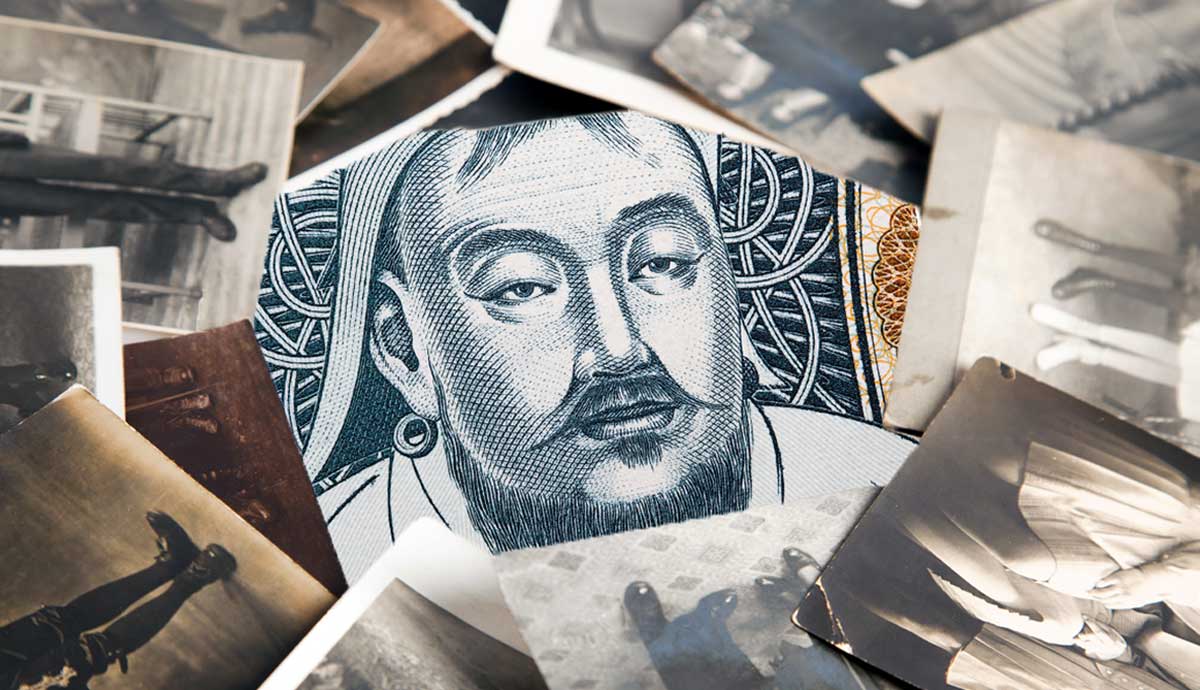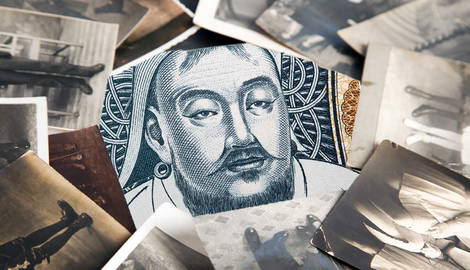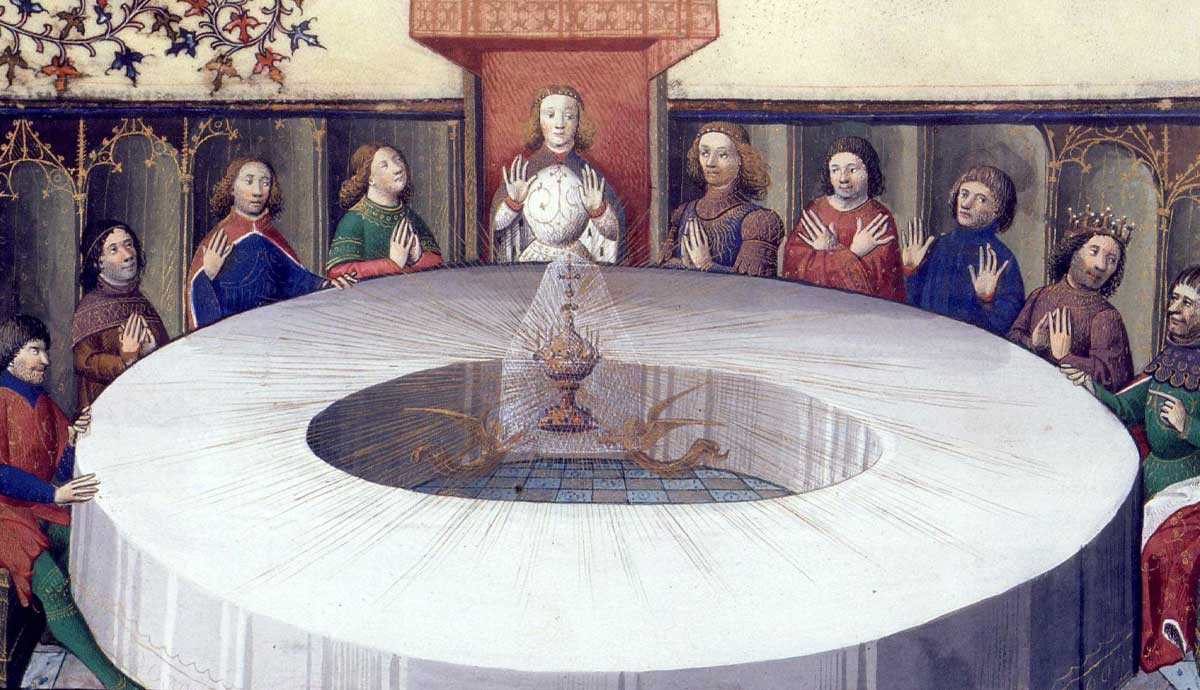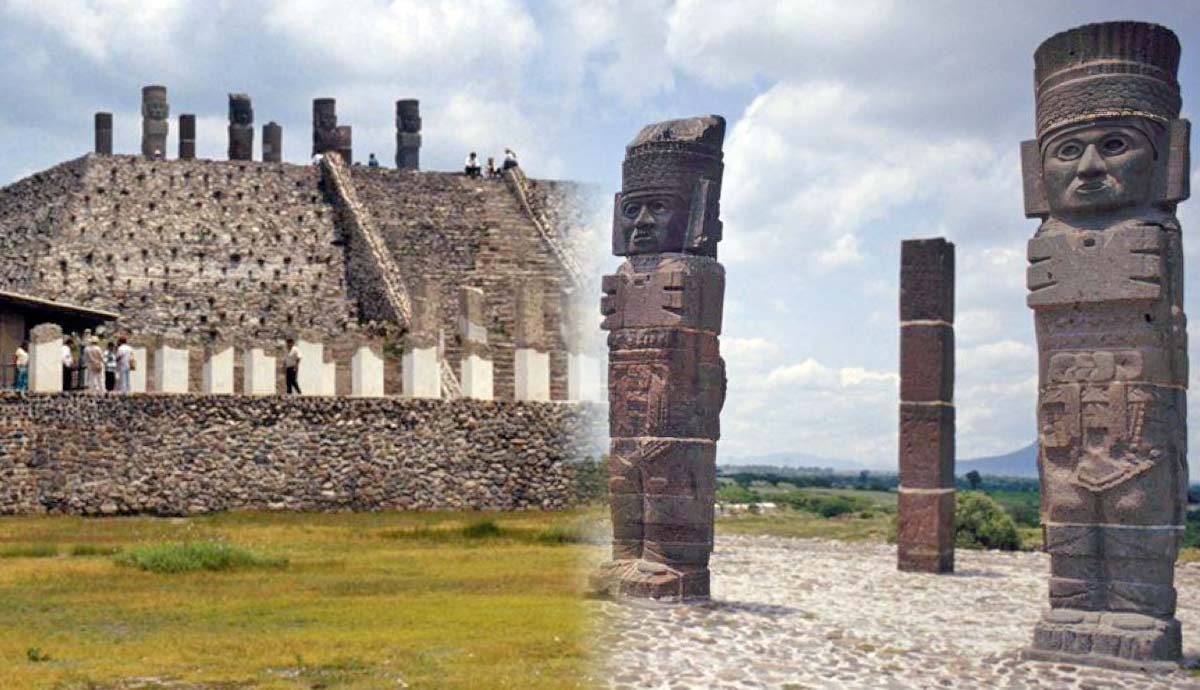
The question of Genghis Khan’s genetic history arose in the 2000s, when academics began looking into how many descendants belonged to the fearsome leader. Researchers have tracked Khan’s Y chromosome and discovered a dizzying number of relations, tracing Genghis Khan’s genetic path all the way from China to Europe. Many of Genghis Khan’s sons went on to become conquerors themselves. Mongols settled in these areas, taking local women as wives and concubines.
The Estimated Number of Khan’s Descendants

Khan’s far-flung conquests and family led to this astonishing number: 16 million. Or, 0.5% of the world’s men are thought to possess the Y chromosome of this ruthless, adaptable ruler. How so many people related to Genghis Khan or his family need some explanation. First, invasion and conquest established the genetic footprint. Simply taking so much territory and people into their sphere meant intermingling.
The Mongols also practiced polygamy, a common practice of the time. Genghis Khan had numerous wives or concubines. Whether gained by alliances, conquest, rape, or tribute, the Khan and his sons produced many children ensuring the spread of their Y chromosome.
Inadvertently, the father-to-son system (patrilineal) established by Khan ensured that his lineage remained dominant. Like any smart ruler, Khan sought to keep those close loyal. He allocated conquered lands to his sons and generals.
Khan encouraged marriage between the Mongol elite and local nobles. Wisely the Mongol ruler gave important administrative or military positions only to trusted kin. With all this entwined and the Empire’s duration guaranteed, Khan’s DNA would endure.
Where Genghis Khan’s Genetic Legacy Is More Common

Genetic pockets inevitably formed during the Mongol Empire, as Mongols and locals settled along trade routes such as the Silk Road. And this legacy trickled down to the modern era. Given Genghis Khan’s reproductive success, he or his descendants spread his genes to far-flung locations, including the Russian Caucasus, Tajikistan, and China. These descendants increased over time, growing into thousands and later millions, as discovered in several genetic studies over the last thirty years.
An example of tracking the Y chromosome is in Tajikistan. An essential part of the Silk Road, the Mongol armies devastated Tajikistan, especially to the north. The following image illustrates where Mongol DNA traces are found.
Ethnic Groups with Khan’s DNA

As with Khan’s genetic hotspots, the Y chromosome is more prevalent in certain ethnic groups than in others. While Khan’s DNA is found in several areas, certain groups contain a higher percentage. With this, the average reader will get an inkling of the population bearing Khan’s male-only descended DNA. At 0.5% worldwide, that’s a lot. Scientists believe this DNA primarily originates from Khan’s Mongol sons or other family members.
Mongolia tops the list, with an estimated 35% of males bearing Khan’s DNA. Apart from this obvious Mongol stronghold, other groups with particularly high percentages are in Kazakhstan and Uzbekistan. Others, like the Hazaras of Afghanistan and Pakistan, have significant numbers of men bearing Genghis Khan’s unchangeable Y chromosome, perhaps as much as 30%. Afghanistan had become a crossroads due to the Silk Road, which attracted Khan’s armies. The Y chromosome percentage drops sharply, with Northern China showing that about 8% carry Khan’s lineage.
Genghis Khan’s Y Chromosome Lineage

The quest to track Khan’s descendants began with a 2003 study by Tatiana Zerja et al. (other researchers), titled “The Genetic Legacy of the Mongols,” which examined sixteen groups across Central Asia, from the Pacific to the Caspian Sea. This study investigated the distinctive Y chromosome linked to Genghis Khan. The researchers determined that 8% of men in the region carried it. Later, the research methods and results would be disputed. But Genghis Khan’s Y chromosome is no doubt present.
Later studies confirmed and refined the 2003 study. With the Y chromosome’s paternal descent serving as a unique data tracker, newer technology yielded improved genetic results. Specific populations were identified with precise results, and Khan’s DNA was shown. This led to a higher yield, suggesting that Khan’s ancestors may have numbered 17 million! What began as a genetic study transcended the fact that one of history’s significant figures had millions of ancestors.









